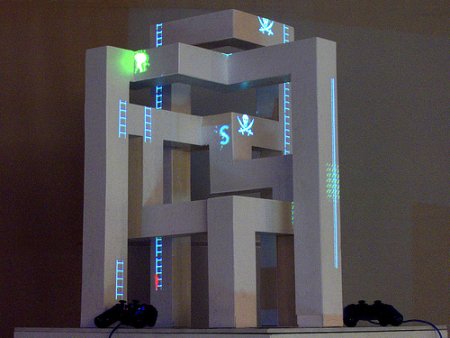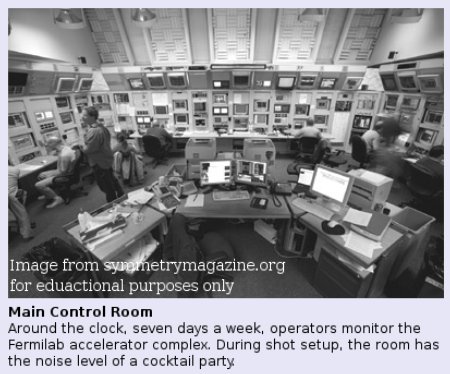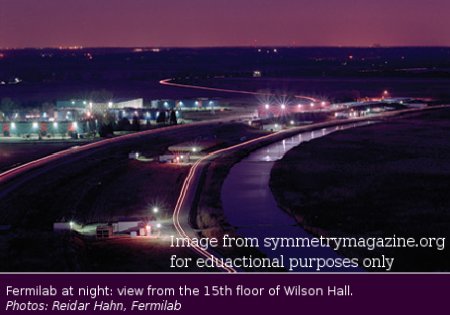June 9th, 2006
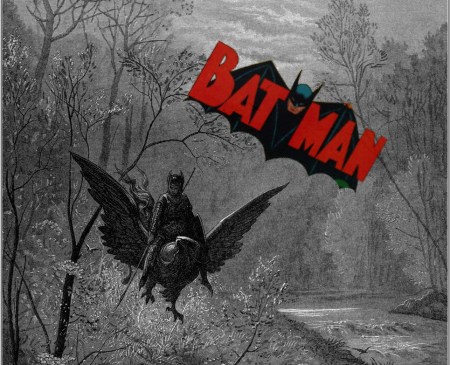
Last week the Berlin Air Show ILA closed and we were happy that no plane crashed down on us. The question of why they do this show in such a densely populated spot is apparently not going together with our sense for rational reasoning.
However for the next ILA it seems batman or buckbeak the hippogriff may land in our backyard – as can be learned from the press release I and press release II of the bavarian company ESG or in the article in the daily mail.
From the article in the daily mirror I would say that the thing which apparently flies already around looks more like batman, however from ESG´s press release it seems that they want to call this thing “Gryphon”. However one thing is clear – this thing is not even a WOLPERTINGER!!
posted by nad | berlin, games, perception | No Comments »
June 8th, 2006
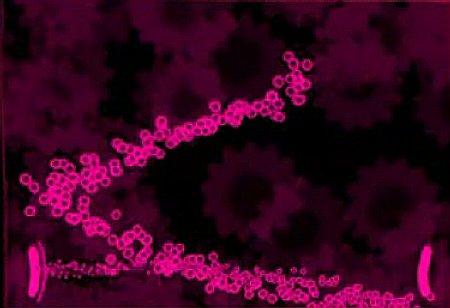
As some readers may know, we like the game pong and awkward versions of it. (see also pong.mythos.) Apparently other people share this passion …as e.g. viennese computer science students (called emcgames), who did this great pink pingk pong.
Unfortunately it seems the game is for windows only.
kotaku called pingK an Electric Kool-Aid Acid pong, however this is a strange kind of acid sound in the video … or lets say the truth: i think it is better to switch the sound off.
Read the rest of this entry »
posted by nad | games, music, physics | 9 Comments »
June 8th, 2006
posted by nad | math, physics | 3 Comments »
June 7th, 2006
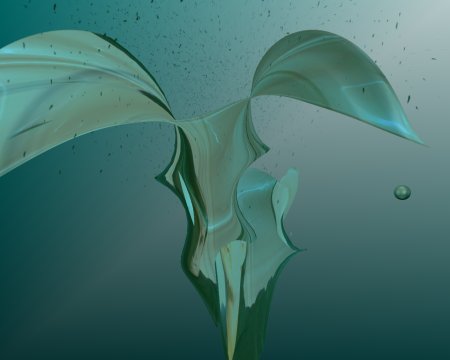
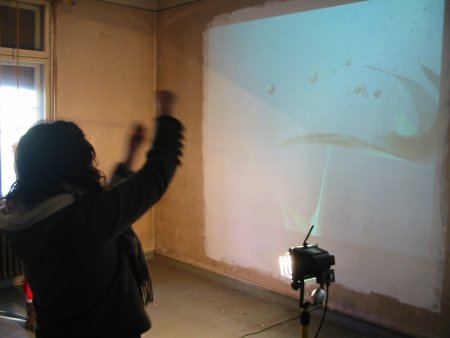 We finally managed to put an excerpt of our video documentation of seidesein on the daytar website.
We finally managed to put an excerpt of our video documentation of seidesein on the daytar website.
seidesein is an interactive environment, which investigates communication in virtual 3D space.
seidesein can be experienced on a home computer as well as in bigger setups like a virtual reality theatre. This is due to the platform independency of the underlying software called jReality. (see also links above :-))
posted by nad | 3d, art and design, communication, math, software | No Comments »
June 6th, 2006
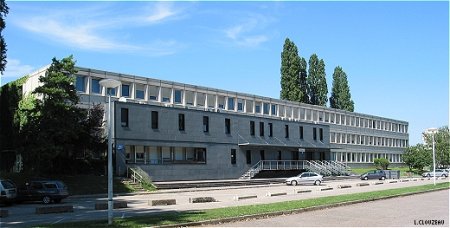
I had the pleasure to give a talk at the Days “Data processing and Geometry” (this is what google makes from the title) at Lyon the first two days of june.
It is quite an experience to attend a scientific meeting when having only a faint idea of the language (the spoken one, not the scientific) :-). While lasting only two days the conference covered quite a widespread range of topics. Especially interesting to me was some introduction into the design of the CGAL library — a collection of robust and efficient algorithms for geometry presented by Sylvain Pion and Raphaelle Chaine. An other interesting talk was from Alain Daurat on discrete tomography of convex sets. The question here is about algorithms that allow the reconstruction of the shape given the sample values along some finite number of directions (and what are the conditions on the choice of directions to ensure a reconstruction is possible). The complete reconstruction of any set given sample data along any discrete straight line was turned into a game by us recently. Many of the talks dealt with (re)construction of shapes: like arithmetic definition for Bresenham circles (Jean-Luc Toutant), a modeler based on the topology of discrete objects (Alain Daurat), or an algorithm for implicit surfaces (Christophe Raffalli)
I myself tried to draw the attention to the Berlin grown software jReality and oorange.
posted by timh | math, Uncategorized, visualization | No Comments »
June 4th, 2006

Despite chilling 17 degrees celsius there is 3 days of “Karnival der Kulturen” in Berlin. Here some pictures from the glorious parade….and as one can see the upcoming soccer world championship is sort of
influential. Read the rest of this entry »
posted by nad | berlin, dance, Uncategorized | No Comments »
June 3rd, 2006
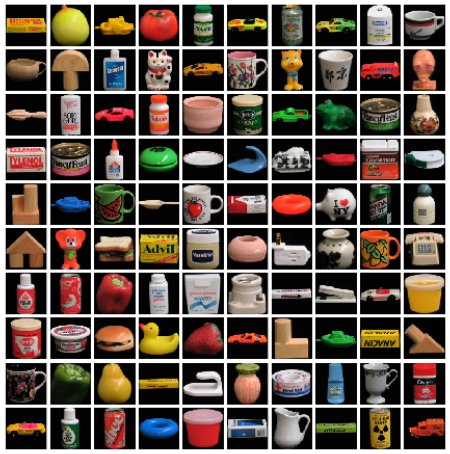
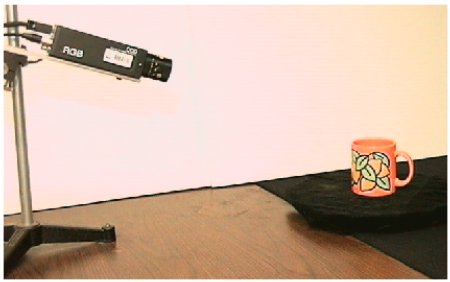
The images are from the article “Columbia Object Image Library (COIL-100),” by S. A. Nene, S. K. Nayar and H. Murase, (Technical Report CUCS-006-96, February 1996.)
The COIL-100 is a database of 7200 color images of the above 100 objects. Each object was fotographed in 72 different positions, by rotating the above black plate.
The database can be downloaded via ftp from the Columbia University server at: this link.
The collection/database was used in a realtime 100 object recognition system.
I.e. it was made in order to teach a computer to recognize/distinguish the above well chosen ;-) hundred objects. From the intro in the article:” The objects have a wide variety of complex geometric and reflectance characteristics.”
posted by nad | art and design, perception, software | 1 Comment »
June 2nd, 2006
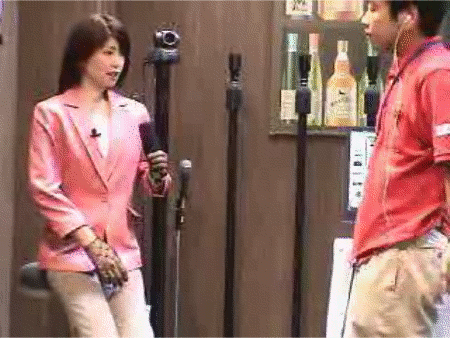
My little remix of the original video at youtube. :-)
The android is the work of electrical engineers at the University of Osaka.
From the article on national geographic news:
“Repliee Q1 appeared on June 9 at the 2005 World Expo in Japan, where she gestured, blinked, spoke, and even appeared to breathe. …the android is partially covered in skinlike silicone. Q1 is powered by a nearby air compressor, and has 31 points of articulation in its upper body.”
Whatsoever- one thing I learned from the video: real (android?) women wear pink jackets.
posted by nad | 3d, perception, physics, robotics, software | 1 Comment »
June 1st, 2006
a literally 3d
video game.
From the description on the site: “xBlocks is a convergence between video games & sculpture — liberating play from the screen. It is a mixed reality installation inspired by traditional platform games of the late 1980s such as Super Mario Brothers or Pitfall. Using standard game controllers, two opposing players must help their characters navigate in and around a three dimensional maze. The real challenge comes, not from traditional game mechanics but rather from moving with your character as he sprints around corners and jumps between the installation’s two play surfaces.”
The xblocks 3D maze is a fairly straight und unloaded sculpture. I wonder how a video game could work e.g. on Rodins Burgers of Calais :-O:
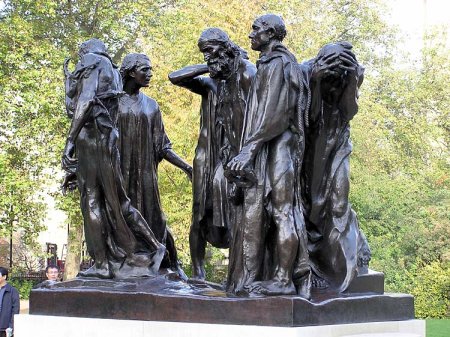
posted by nad | 3d, art and design, games, perception | 2 Comments »
May 31st, 2006
look at the unseeable or: daily life with a particle accelerator described by Dawn Stanton in this
article by symmetrymagazine.org.
A little excerpt from the text:
“Nearby, Marie-Claude Cousinou of France’s Centre de Physique des Particules de Marseille views a constantly changing 3D chart of red, blue, and yellow bars: the detector’s interpretations of electromagnetic energy, hadronic energy, and missing energy, respectively. Sometimes the amount of missing energy, compared to the bars of known energy, is astounding: a yellow skyscraper amidst blue and red tents.”
posted by nad | perception, physics | 2 Comments »




 We finally managed to put an excerpt of our video documentation of seidesein on the
We finally managed to put an excerpt of our video documentation of seidesein on the 




